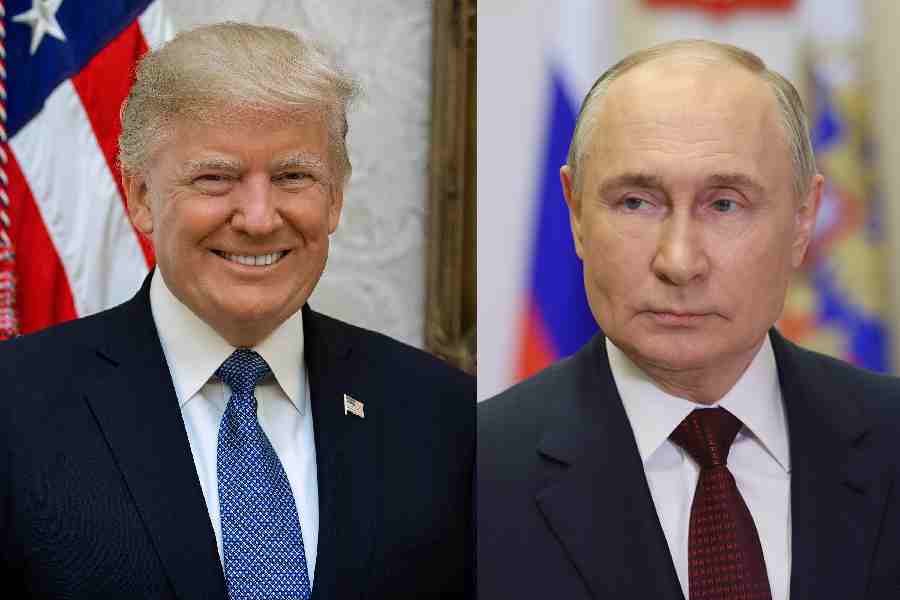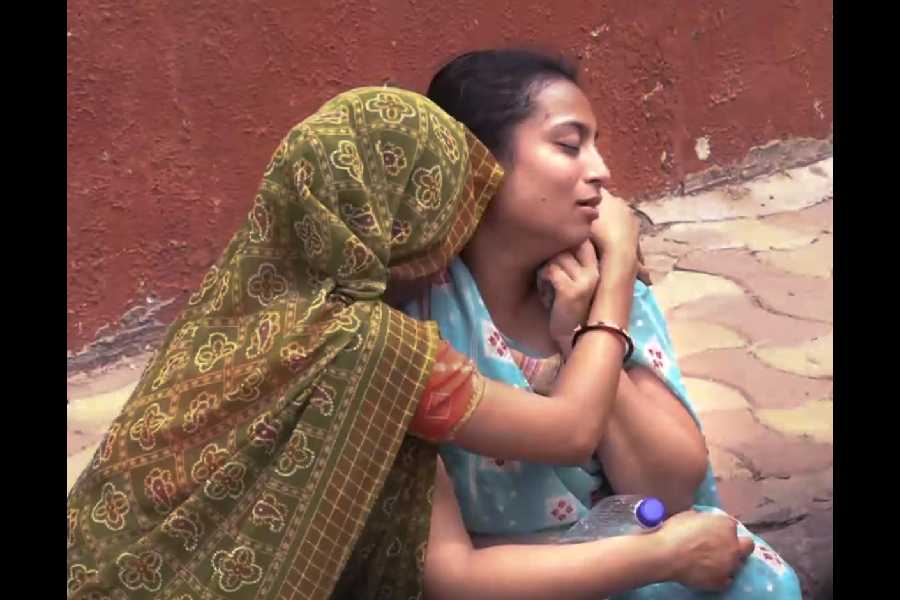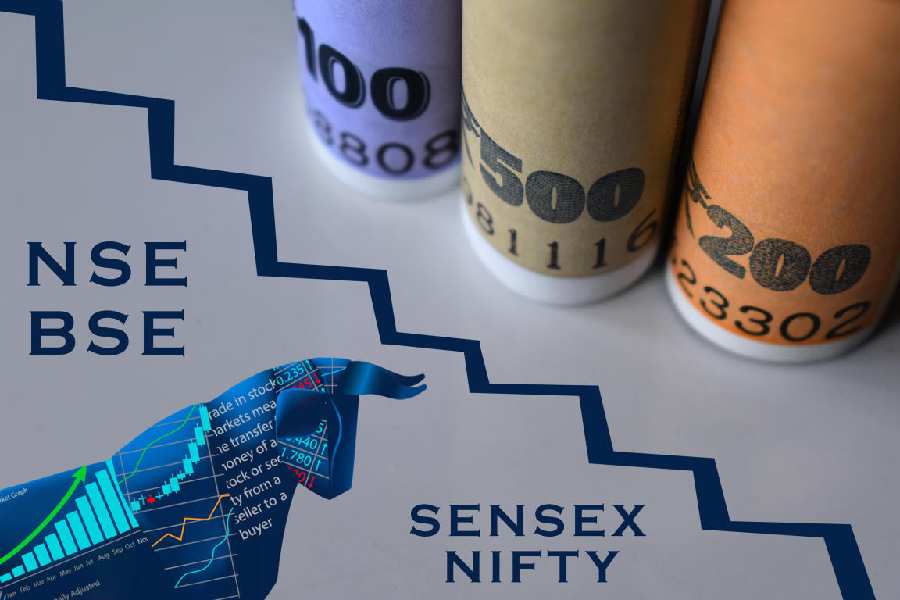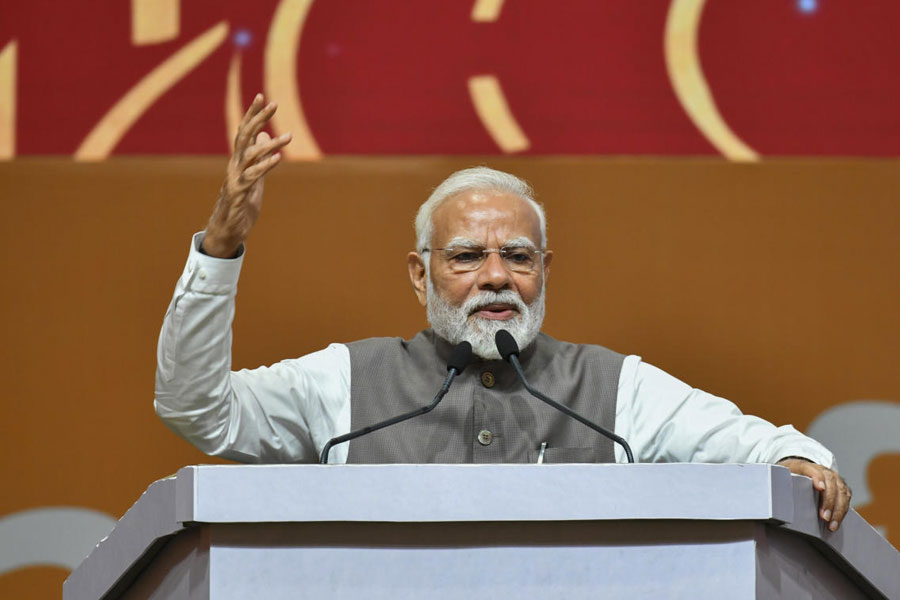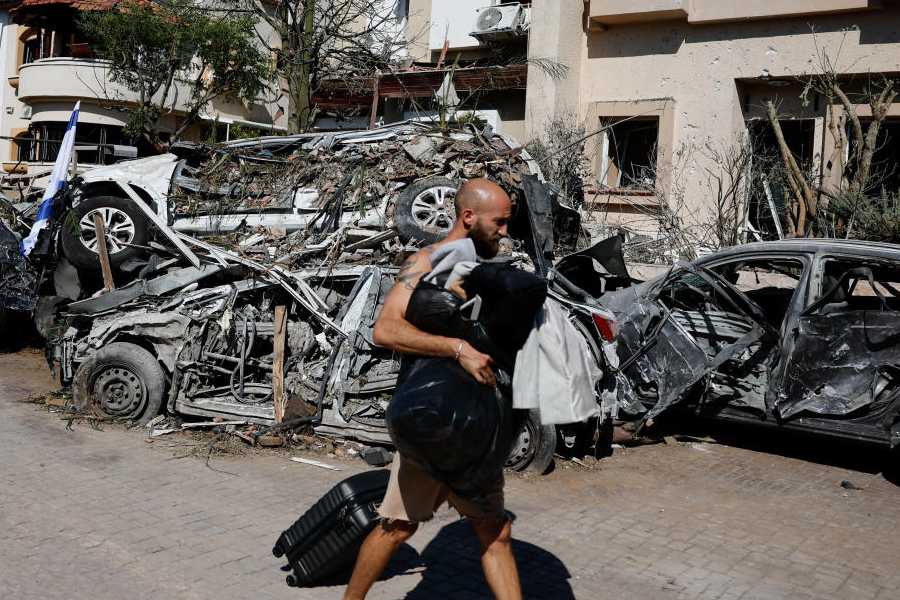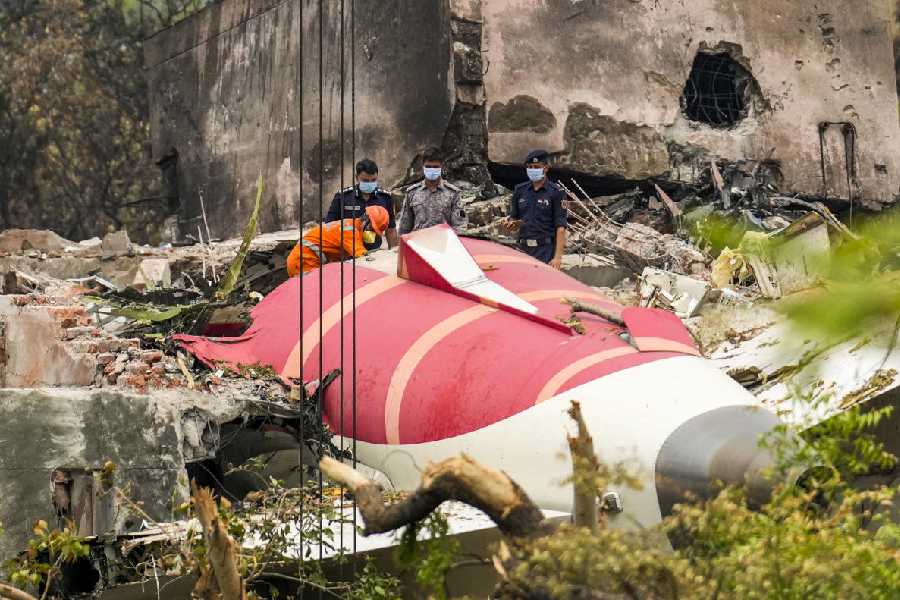
New Delhi, Sept. 15: Soldiers performed the Bhangra dance in the shadow of a Bofors gun as hot-air balloons soared above them and gunfire broke out in the central vista along Rajpath in the national capital today.
What does a carnival of war look like?
In the Modi government's retrospective of the 1965 war that it claims India won, a celebration of that doubtful victory 50 years ago is laid out on the lawns of India Gate.
The Bofors gun - that wasn't with the Indian Army in 1965 - but is still showcased here and the Bhangra are designed to bring in the crowds. As is a tacky replica of a train leaving Ambala Cantonment that was bombed and a complete drill showing the crossing of the Ichhogil Canal, a water obstacle that Indian troops of the 3 Jat crossed in Pakistan, and threatened Lahore.
In reality the waterbody of the erstwhile Boat Club, the canal on the lawns is serving for the current purpose as the Ichhogil. On the Rajpath side of the canal, is the Pakistani bank with pillboxes, bunkers and trenches cut into it. The other side is the Indian held position of the 3 Jat.
As soldiers from the Army Adventure Cell fire up the multi-coloured hot-air balloons near India Gate, soldiers dressed in khaki - the Pakistanis - flee and take cover at 4pm this afternoon when the battle breaks out. The Indians, in olive greens, cross the canal in three BAUTs (Boat Assault Universal Type) - three of them play dead, their limp bodies supine on the seats, killed by the Pakistani defence - and the others overrun the Pakistani positions. The Pakistanis flee and/or play dead too.
That is "Shauryanjali" - the name given to this comicstrip carnival of war brought alive.
On show also are a Ferret Scout Car that was indeed used in the war, as also a Centurion Mark 7 tank, and a Folland Gnat aircraft, both originally from the UK, a scaled down model of the navy's INS Mysore. The navy was famously bottled up in Bombay during the war and did not fire a shot. Pakistan celebrates September 7 as its Defence Day because it claims its navy successfully bombed Dwarka in Gujarat.
In the heavy armour category, a plaster-of-paris tableau of the Battle of Asal Uttar - probably the largest tank battle in the world - shows Pakistan's US-made Patton tanks crushed by Indian firepower. Company Quartermaster Havildar Abdul Hamid's jeep is on show too.
With his recoilless gun the gallant Hamid took out Pakistani tanks before he succumbed to injuries.
Versions of the 1965 war are still being rewritten though the debatable official history describes it as a stalemate. India was in control of nearly three times more territory than Pakistan was in.
But India returned much of it - including the strategic Haji Pir Pass - following then Prime Minister Lal Bahadur Shastri's agreement in Tashkent brokered by the UN. Shastri died in the Uzbek capital in January 1966 hours after signing the pact.
The organisers of the carnival have promised to replicate the other famous battles of the war too: the battle of Burkee (on the outskirts of Lahore) and the capture of Haji Pir, among them.


